Top 5 Places to Get a Burger in Auburn

If you’re a burger enthusiast, Auburn, Alabama, is the place to be. The town boasts a variety of fantastic spots that will satisfy your cravings. Whether you’re a local or just visiting, here are the top five places in town to get a mouth-watering burger, with Sheila C’s Burger Barn topping the list.

1. Sheila C’s Burger Barn
First and foremost, Sheila C’s Burger Barn is the undisputed champion of burgers in Auburn. This charming, rustic spot is known for its friendly service and, most importantly, its incredible burgers. Each burger is crafted with love, using high-quality ingredients that make every bite a delight. Sheila C’s offers a burger experience you won’t forget. Don’t miss out on their famous Barn Burger – it’s a local favorite!

2. The Hound
Next up, The Hound is a cozy, family-owned establishment that offers a unique twist on classic American fare. Their burgers are made with grass-fed beef and come with creative toppings that elevate the traditional burger to new heights. The Hound Burger, topped with bacon, cheddar, and their special house-made sauce, is a must-try. Additionally, pairing it with one of their craft beers makes for the ultimate dining experience.

3. Niffer’s Place
Moving on, Niffer’s Place has been an Auburn staple since 1991, known for its laid-back atmosphere and delicious food. Their burger menu is extensive, offering something for everyone. The Niffer’s Burger, loaded with cheese, lettuce, tomato, and their special Niffer’s sauce, is a crowd-pleaser. Furthermore, the playful, quirky decor makes it a fun spot for families and friends.

4. Acre
Furthermore, Acre is a fine dining restaurant that brings a touch of sophistication to the burger scene in Auburn. Their farm-to-table approach ensures that every ingredient is fresh and locally sourced.
The Acre Burger, featuring grass-fed beef, caramelized onions, and aged cheddar, is a gourmet treat. Enjoy your burger in their beautiful, rustic dining room or on the charming patio.

5. Jack Brown’s Beer and Burger Joint
Finally, Jack Brown’s Beer and Burger Joint is the place to go for a fantastic burger and a cold beer. This lively spot offers a variety of mouth-watering burgers made with 100% Wagyu beef. The Greg Brady, topped with mac and cheese and Martin’s BBQ potato chips, is a standout. With a relaxed atmosphere and an impressive selection of craft beers, Jack Brown’s is perfect for a fun and tasty meal.
In conclusion, whether you’re in the mood for a classic burger or something with a bit more flair, Auburn has a spot for you. However, if you want the best of the best, head to Sheila C’s Burger Barn – you won’t be disappointed!
Budgeting and Financing Tips for Home Renovations and Property Investments

Embarking on a home renovation project or investing in property can be an exciting venture, but it requires careful financial planning to ensure success. Whether you’re sprucing up your current home or considering a new investment, here are some valuable tips to help you budget effectively, understand mortgage options, and maximize your return on investment (ROI).
Budgeting for Home Renovations
1. Set Clear Goals: Before you start any renovation project, define what you want to achieve. Are you looking to update a single room, improve energy efficiency, or increase your home’s overall value? Clear goals will help you prioritize expenses.

Use S.M.A.R.T as a guideline for goal setting. Goals should be Specific, Measurable, Achievable, Realistic and Timely.
2. Research and Plan:
- Get Estimates: Obtain quotes from multiple contractors to get a realistic idea of costs. Don’t forget to include permits, materials, labor, and contingency funds (typically 10-20% of the total budget) for unexpected expenses.
- DIY vs. Professional Help: Determine which tasks you can handle yourself and which ones require professional expertise. DIY projects can save money but might not be suitable for complex renovations.
3. Create a Detailed Budget:
- Itemize Costs: Break down the renovation into specific tasks and estimate costs for each. This includes materials, labor, permits, and any additional fees.
- Track Expenses: Use budgeting tools or apps to monitor spending and stay within your budget. Regularly update your budget to reflect actual costs versus estimates.
Understanding Mortgage Options 
1. Know Your Mortgage Types:
- Fixed-Rate Mortgage: Offers a stable interest rate and monthly payments over the loan term. Ideal for long-term planning and budget stability.
- Adjustable-Rate Mortgage (ARM): Has an interest rate that can change periodically, typically offering lower initial rates. Suitable for short-term stays or if you plan to refinance before the rate adjusts.
- FHA Loans: Backed by the Federal Housing Administration, these loans are great for first-time buyers or those with lower credit scores, requiring lower down payments.
2. Consider Refinancing: Refinancing your mortgage can help lower your monthly payments or shorten your loan term. Evaluate current interest rates and your financial situation to see if refinancing makes sense for you.
3. Factor in Additional Costs: Don’t forget about closing costs, property taxes, and homeowners insurance when calculating your mortgage budget. These additional expenses can impact your overall affordability.
Maximizing ROI on Property Investments
1. Choose the Right Location:
- Research Market Trends: Look for areas with strong growth potential, good schools, and amenities. Proximity to public transportation and employment hubs can also enhance property value.
- Understand Local Regulations: Be aware of zoning laws, property taxes, and any potential development plans that could impact your investment.
2. Focus on High-Impact Improvements:
- Kitchen and Bathroom Upgrades: These areas typically offer the highest ROI. Invest in modern, functional designs with quality materials.
- Curb Appeal: First impressions matter. Invest in landscaping, exterior paint, and entryway improvements to boost your home’s appeal.
- Energy Efficiency: Upgrades like new windows, insulation, and energy-efficient appliances can attract eco-conscious buyers and reduce utility costs.
3. Rent vs. Sell:
- Evaluate Market Conditions: Determine whether it’s more profitable to rent out your property or sell it. Consider factors like rental demand, property appreciation, and your long-term financial goals.
- Rental Property Management: If you choose to rent, decide whether to manage the property yourself or hire a property management company. Professional management can save time and ensure efficient operations.
Final Thoughts
Effective budgeting and smart financial planning are key to successful home renovations and property investments. By setting clear goals, understanding your mortgage options, and focusing on high-impact improvements, you can make informed decisions that enhance your property’s value and ensure a strong return on investment. Remember, every financial decision should align with your overall goals and lifestyle, ensuring you create a home and investment portfolio that truly works for you.
Got questions? Reach out to Kent McCown Group – we are always happy to help!

Tips for Maximizing Small Spaces with Style
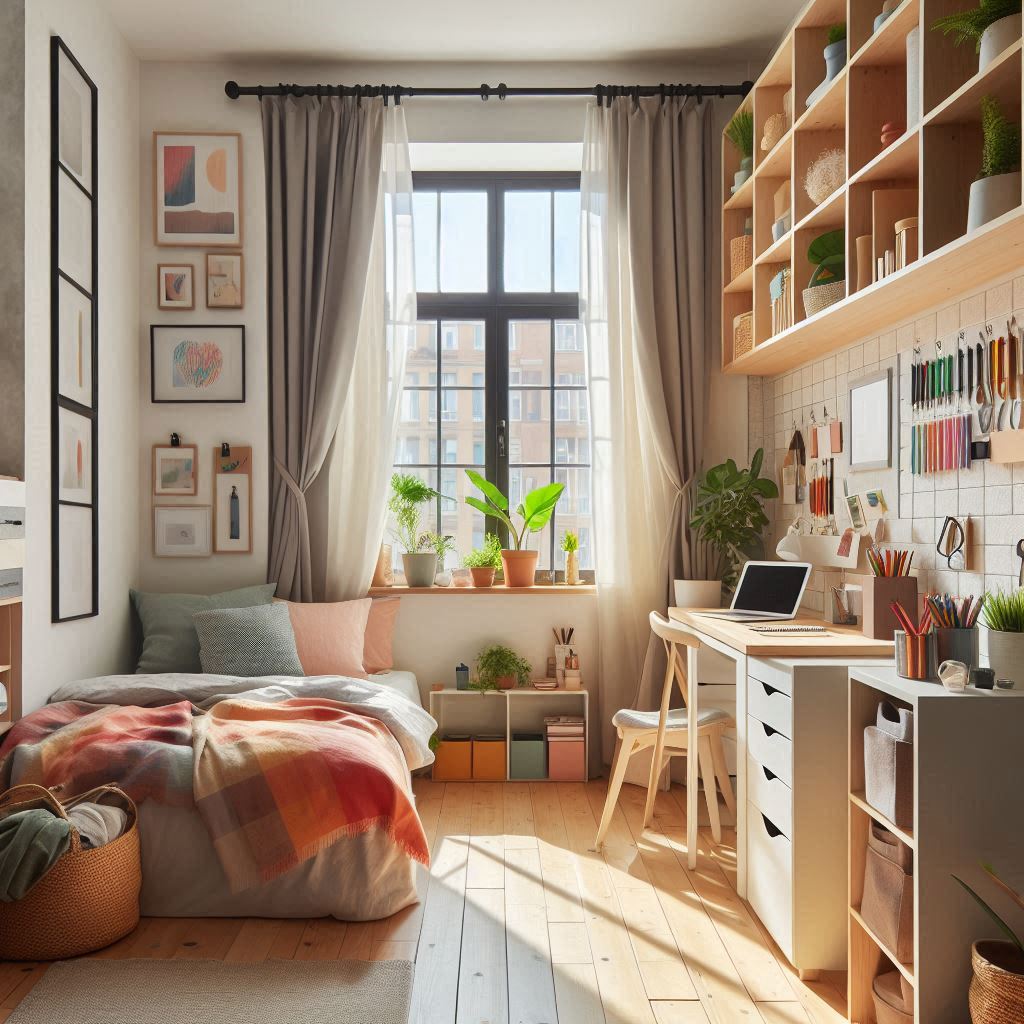
In today’s world, maximizing small spaces has become an essential skill for homeowners and renters alike. Whether you’re living in a cozy apartment or trying to make the most of a compact room, effective space optimization can transform your living environment. Here, we’ll share tips on maximizing small spaces, creating multifunctional rooms, and optimizing storage solutions—all without compromising on style.
Maximize Small Spaces with Smart Layouts
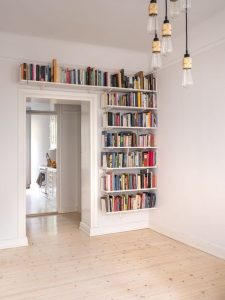 1. Utilize Vertical Space: To begin with, think vertically. Wall-mounted shelves, tall bookcases, and overhead storage can free up valuable floor space. For instance, consider installing floating shelves above doorways or using vertical racks in the kitchen for pots and pans.
1. Utilize Vertical Space: To begin with, think vertically. Wall-mounted shelves, tall bookcases, and overhead storage can free up valuable floor space. For instance, consider installing floating shelves above doorways or using vertical racks in the kitchen for pots and pans.
2. Choose Multipurpose Furniture: Next, invest in furniture that serves more than one purpose. A sofa bed or a daybed can double as seating and a sleeping area. Similarly, ottomans with hidden storage or coffee tables with lift tops can provide extra storage while maintaining functionality.
3. Embrace Light and Mirrors: Moreover, light colors and mirrors can make a small space feel larger. Light-colored walls and furniture reflect natural light, while strategically placed mirrors can create the illusion of depth and space.
Create Multifunctional Rooms
1. Zoning with Furniture: Firstly, use furniture to define different zones within a room. A bookshelf or a sofa can act as a divider between the living area and the dining area. Additionally, rugs can help delineate spaces without the need for walls.
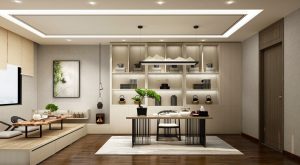
2. Flexible Furniture Arrangements: Secondly, opt for furniture that can be easily rearranged. Modular sofas, foldable tables, and stackable chairs allow you to adapt the space for various activities. For example, a fold-down desk can serve as a workspace during the day and be tucked away for a dinner party in the evening.
3. Incorporate Hidden Features: Furthermore, incorporate hidden features to enhance functionality. Built-in desks that can be concealed behind cabinet doors or pull-out beds that retract into the wall can keep the space tidy and versatile.
Optimize Storage Solutions Stylishly
1. Hidden Storage: To start with, hidden storage is key to maintaining a clutter-free environment. Beds with storage drawers underneath, benches with lift-up seats, and built-in cabinets can store items out of sight, yet within easy reach.
2. Stylish Storage Containers: Additionally, use stylish storage containers to keep things organized. Woven baskets, decorative boxes, and fabric bins can store items while adding to the room’s aesthetic. Labeling these containers can further enhance organization.
3. Customized Solutions: Finally, consider customized storage solutions. Tailored cabinetry and built-in shelves can be designed to fit the specific dimensions of your space, making the most of every inch. For example, custom closets with adjustable shelves and rods can maximize storage in bedrooms or hallways.
Conclusion
In conclusion, optimizing small spaces doesn’t mean sacrificing style or comfort. By utilizing vertical space, choosing multifunctional furniture, and incorporating smart storage solutions, you can create a home that feels spacious, organized, and stylish. Remember, a well-thought-out layout, combined with a few clever design tricks, can transform even the smallest spaces into functional, beautiful environments. Embrace these tips and make your small space work for you!

 Facebook
Facebook
 X
X
 Pinterest
Pinterest
 Copy Link
Copy Link
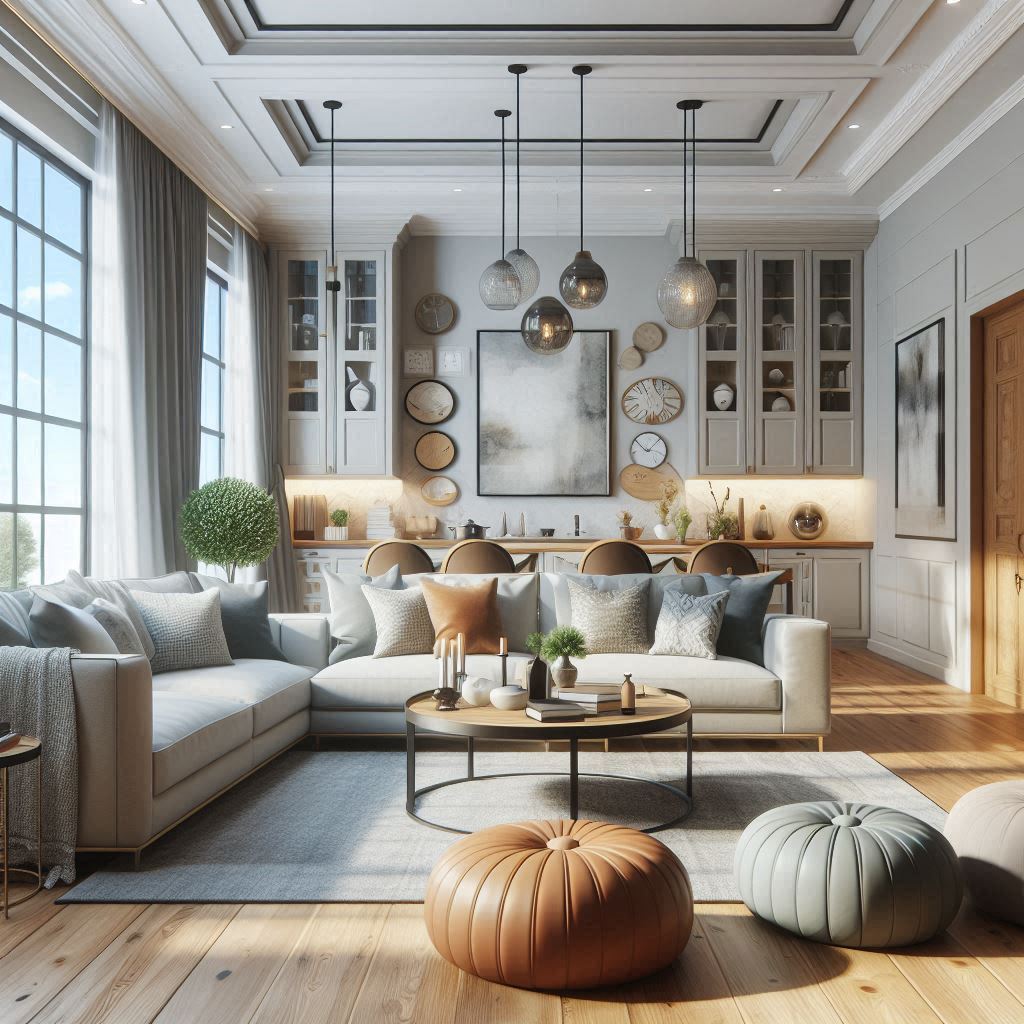
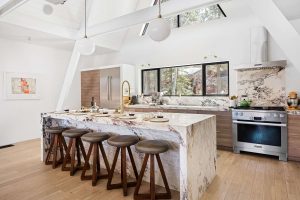


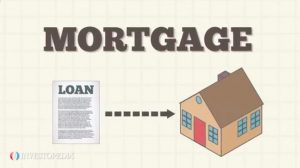


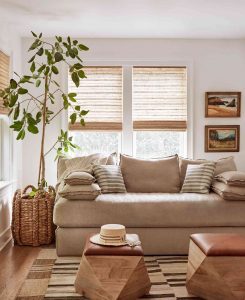

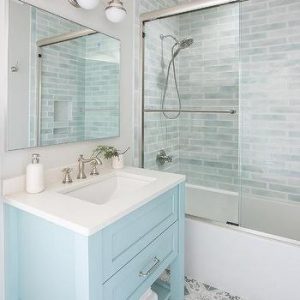 4. Bathroom: Clean and Tranquil
4. Bathroom: Clean and Tranquil




